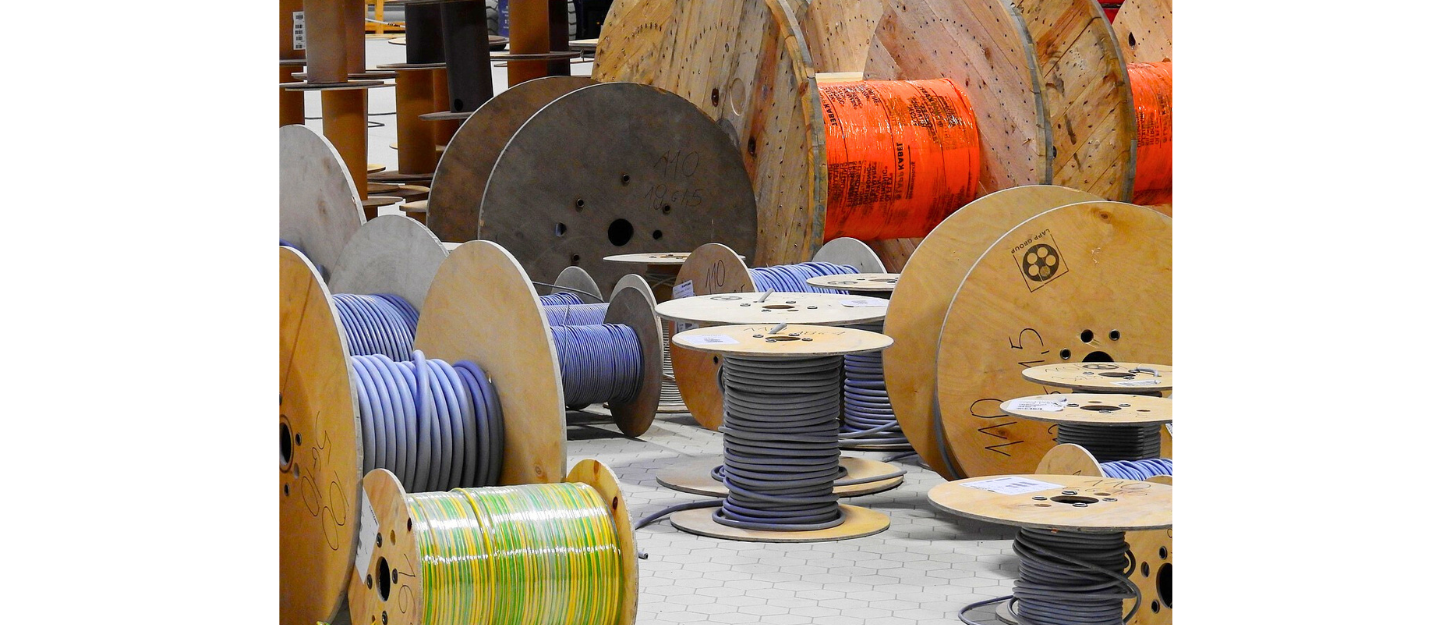When choosing between LMR 240 vs RG8X coaxial cables, performance, flexibility, and signal efficiency play major roles. Both cables are widely used in ham radio, CB, and VHF/UHF applications, but their differences in construction and electrical properties determine which performs best under specific conditions.
Cable Construction
LMR 240 features a solid copper-clad aluminum center conductor and a foam polyethylene dielectric, giving it a low loss rating. It also uses a bonded foil and 90% tinned copper braid, providing excellent shielding from interference. In contrast, RG8X includes a stranded copper conductor and a solid polyethylene dielectric. While this makes it more flexible, it slightly increases signal loss compared to LMR 240.
Flexibility and Installation
When flexibility is a top concern, RG8X performs better because of its stranded center conductor. It bends more easily, making it ideal for mobile or tight-space installations. However, LMR 240, though stiffer, maintains a more consistent impedance and performs better over longer runs. As a result, LMR 240 is preferred for fixed installations where signal preservation matters more than flexibility.
Signal Loss and Frequency Range
Loss characteristics significantly affect transmission quality. At 100 MHz, LMR 240 typically has a loss of around 3.9 dB per 100 feet, while RG8X records about 4.5 dB per 100 feet. The difference becomes more noticeable at higher frequencies. Therefore, for UHF and microwave bands, LMR 240 offers superior performance and cleaner signal delivery.
Velocity Factor
LMR 240 has a velocity factor of about 0.84, meaning signals travel at 84% of the speed of light through the cable. RG8X, on the other hand, averages around 0.78. Consequently, LMR 240 provides a slight advantage in timing-critical or high-frequency applications.
Power Handling
Power handling varies based on frequency and cable length. LMR 240 can manage higher power levels due to its lower attenuation. For example, at 30 MHz, it handles approximately 1,200 watts, while RG8X supports around 900 watts. This difference makes LMR 240 more efficient for long-distance HF transmissions and higher-output transceivers.
Durability and Environmental Resistance
Because LMR 240 has a UV-resistant polyethylene jacket, it holds up better in outdoor environments. It also resists moisture and temperature changes effectively. RG8X, while still durable, is best suited for indoor or protected areas. If a station setup is outdoors or exposed to sunlight, LMR 240 provides better long-term reliability.
Cost and Availability
RG8X is generally less expensive and easier to find at most retail outlets. Its lower cost appeals to hobbyists and beginners who need moderate performance at a budget-friendly price. Meanwhile, LMR 240 costs slightly more but delivers premium electrical efficiency and longer service life, justifying the investment for serious operators.
LMR 240 vs RG8X Which Is Better?
In conclusion, both LMR 240 vs RG8X serve valuable roles depending on the setup. RG8X excels in mobile and flexible applications where short cable runs dominate. Yet, for permanent stations, longer coax runs, and higher frequencies, LMR 240 offers superior performance, less loss, and better durability. Therefore, LMR 240 is the better overall choice for serious operators who prioritize signal quality over cost or flexibility.
Please consider Donating to help support this channel
